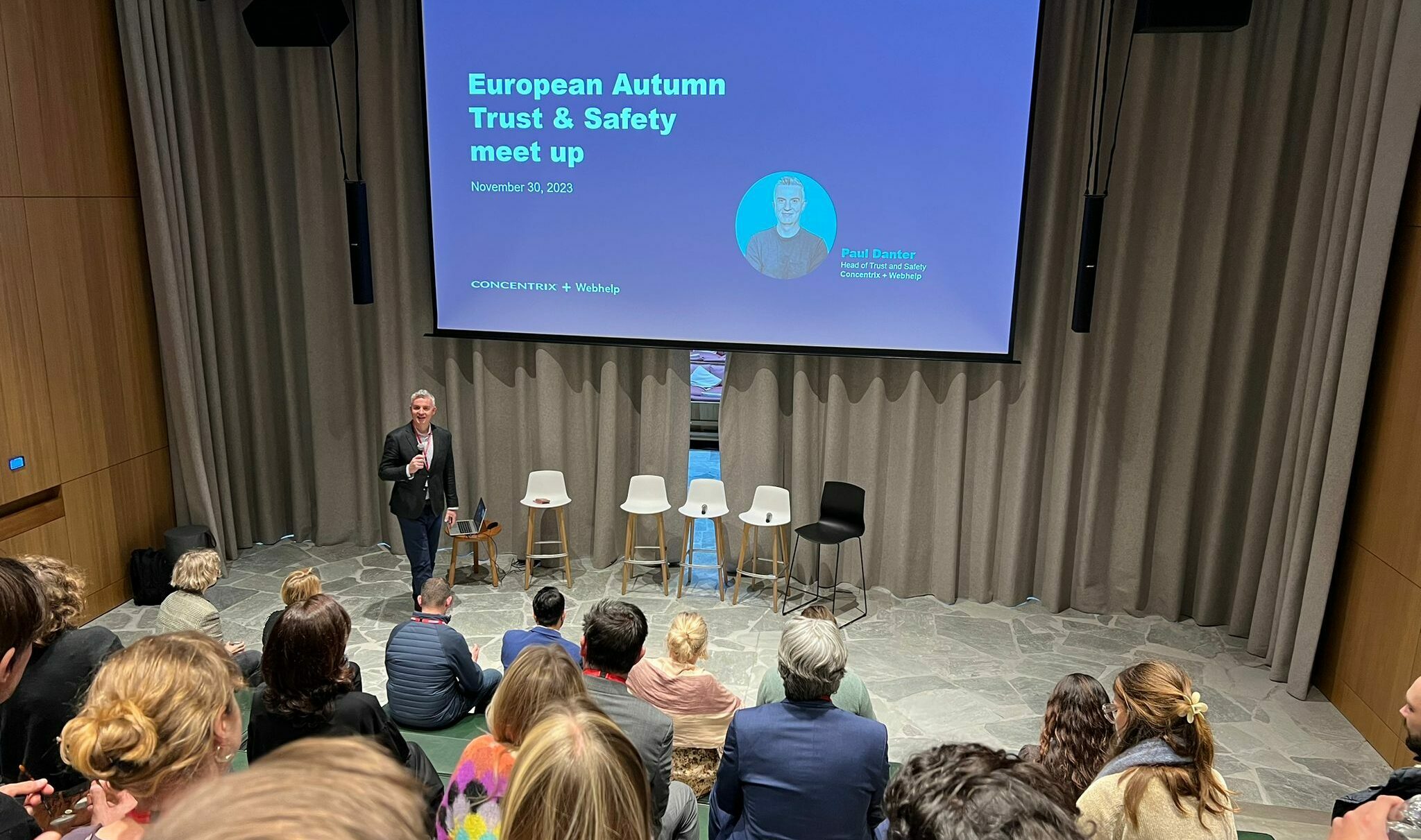With the fierce competition in today’s business world, it is survival of the fittest. Small companies are compelled to work extra hard in order to grow and keep up with the rest when identifying new leads and finding new contacts. Converting a contact into a promising lead is certainly not a walk in the park! It is a complex multi-faceted journey that calls for pre-planned steps of communication and keen follow-up. While it’s true that at first glance a majority of the prospects display the possibility of becoming leads, not all match your business model, a fact many companies overlook. The following steps will help you to turn your potential client from being a mere contact to a viable lead.
Identify your target group
The first encounter with your prospect is crucial as it will lay a foundation that will help you in effectively connecting with highly beneficial leads. When creating the ideal lead profile for your business, you should consider;
- Demographics– if you are a B2C service provider, the age, income, gender, occupation and household type (married, single, families) all impact your interaction with the target group.
- Psychographics– our diverse personalities denote a set of characteristics and traits that affect our behaviour as consumers. Social factors such as lifestyle, hobbies, interests and social group memberships all play an important role in shaping our preferences e.g. our choice of brands.
- Geographic proximity– depending on your business, the location of a potential client or customer likely to partner with or buy a product or service from you is essential to note.
Get acquainted with your lead
Communication is a two-way traffic and establishing a smooth and reliable flow of information will build and continue to strengthen the trust your potential client has with you. Conversation ice breakers can be surveys, mailings or questionnaires sent out to your contact list. Your prime job will be to pay close attention to the information your prospects share with you. This will help you to better interact and understand your potential clients and the more you share relatable and relevant content, the more your new potential clients will be comfortable to do business with you.
Stay in touch
Without nurturing them, new relationships can rapidly become no relationships simply because, it takes time and effort to connect! Some marketers and head hunters are afraid of becoming a nuisance so they contact their potential clients very sparingly. This is definitely a deal breaker in the sales environment. Infrequently reaching out to your clients will neither help in creating a strong connection nor will it turn the customer into a buyer. Big and outstanding brands became household names through frequently engaging with their audiences. The only way to successfully convert a client from an interested prospect to a satisfied client is to maintain responsive conversations. Occasionally, you may not get the feedback you want, but keeping a steady contact will foster a base for a lasting client relationship.
Use social media campaigns
In today’s marketplace, actively incorporating social media channels in your marketing efforts is a must-have. While contacting your prospects through email is great, using social media as a marketing tool not only generates fruitful leads it also enhances a more personalized interaction. Social media is cost effective and it has more to offer apart from growing a brand or connecting with current customers.
When correctly implemented, Facebook, Linkedin, Twitter and Instagram generate real and profitable leads. According to a recent research, 24% of businesses increased their revenue by generating their leads through social media. (source: postplanner.com) We live in a time where 40% of people prefer socializing on social media than face to face. This by itself creates the perfect platform to net your target audience into your sales funnel and convert them into new sales leads. Knowing your audience will help you in choosing the right channel for your business. In a B2B setting, 59% of marketers say Linkedin generates their leads while 24% is generated from Facebook and 30% via twitter. (source: foundationinc.co)
Track your conversions
Ultimately, no amount of sales conversions or marketing efforts will be as efficient as when you monitor the entire process. Does your lead open the links on your e-mail campaigns or does he take part in any surveys? Checking whether your prospects or customers engage with your content helps you to better understand their needs and also to choose the most ideal medium to reach them and turn them into loyal clients or customers.
Which other means of converting prospects into leads do you know of? Let us know in the comments section below, we love to hear from you!

![[Fashion] Choosing the right partners to grow your business in 2024, at a time when trust is fragile](https://media.webhelp.com/wp-content/uploads/2023/12/21090253/Office-Showcase-2.png)


